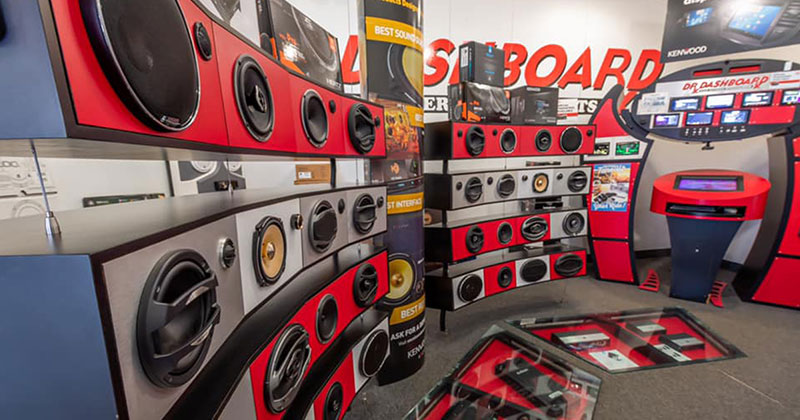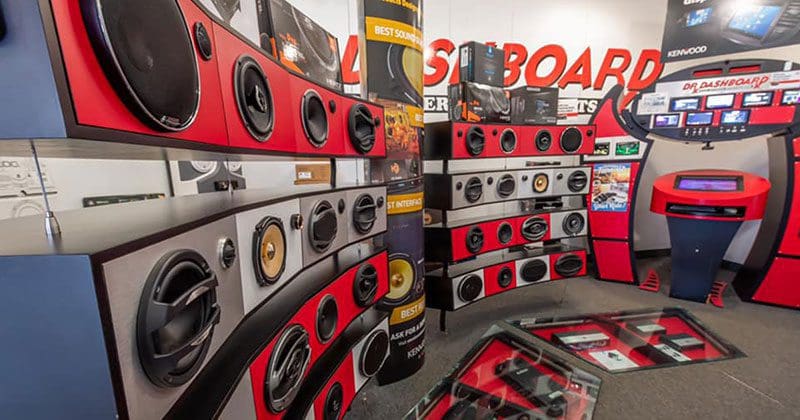There are two reasons why we’d want to upgrade the speakers in our vehicle: the original speakers may be damaged, or we want to improve the clarity of the audio system. In either case, you’re going to need to visit a local mobile enhancement retailer and choose a speaker solution that fits your vehicle, works with your budget and sounds great. This will involve auditioning several options before you make a purchase. Not listening to speakers before buying them would be like trying to pick out a suit or choose a new paint color for your car while blindfolded.
Choose the Right Music
The first step in auditioning speakers is to choose the right music. You’ll want to pick something that you know well and have listened to on a variety of audio systems. You should listen to these songs, or portions of them, as much as you can before you go shopping.
It’s best to choose tracks that highlight certain aspects of a speaker’s performance. For example, a song with a solo vocalist is a good way to evaluate midrange tonal balance. Smooth response through the midrange is crucial as our hearing is very sensitive to these frequencies. Even subtle changes in midrange response are easy to detect.
You will want a track that demonstrates the overall tonal balance of the speaker. If we are looking at a coaxial or component speaker, then choosing a solution with energy from the midbass, midrange and high-frequency range is essential.
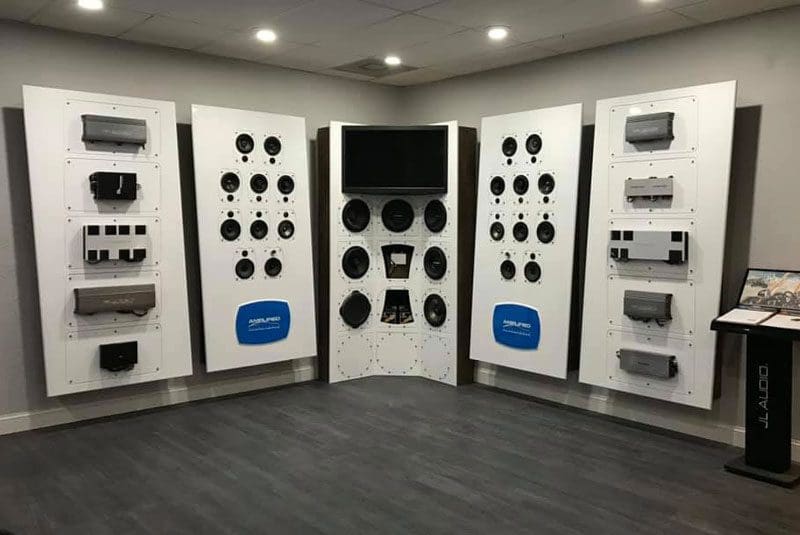
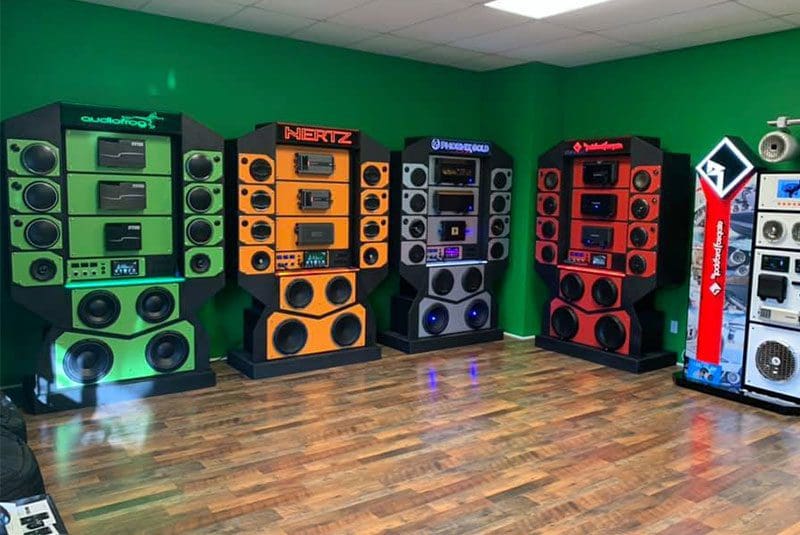
Where a great speaker separates itself from the mediocre is in its dynamic performance. There’s no such thing as a fast speaker. The ability of a speaker to respond to a transient signal is determined by its frequency response. What you want to evaluate is how fast the speaker settles after the signal is removed. Tracks with percussion, bass guitar or an upright bass are great for this. Does the speaker respond to a floor tom with a snap, or is it sloppy with lots of resonance? Does the pluck or strum of a string resonate clearly, or does it get shrouded in harmonic content?
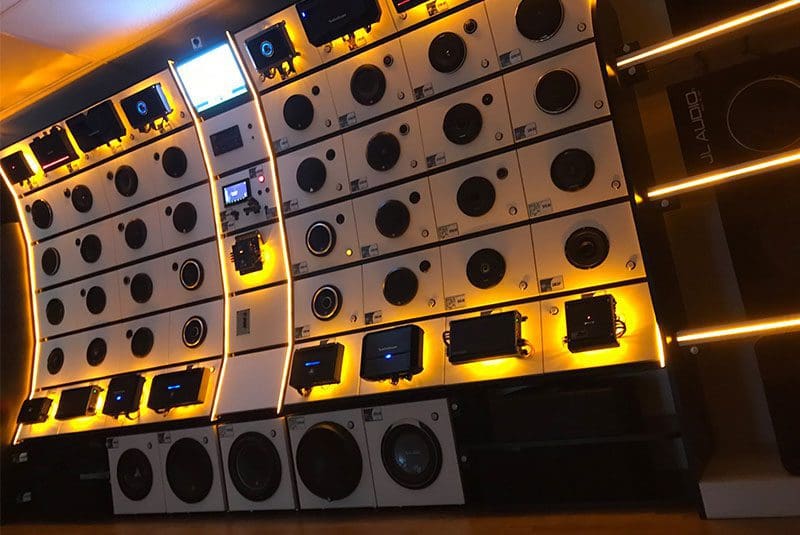
Control All the Variables
When you go speaker shopping for your car, truck, motorcycle or boat, it’s likely that you’ll be listening to a display in a store. You’ll want to try to listen to music at the same volume level on every speaker you audition. Increasing the volume, even by a small amount, will make background sounds seem louder and more present. Higher volumes can also excite resonances in the room that will make it seem like a speaker is producing more bass.
Where the challenge of matching the output of one speaker to another gets exasperating is that it’s rare to find two different speakers with the same efficiency. Try as hard as possible to make things equal.
You’ll want to make sure there isn’t any equalization applied to the speaker. The tone controls on the source unit should be set flat. Some higher-end displays may include a digital signal processor. In these cases, ask whether each speaker solution has been matched to the same reference frequency response curve and target efficiency. If so, this is an ideal way to compare the performance of different speakers.
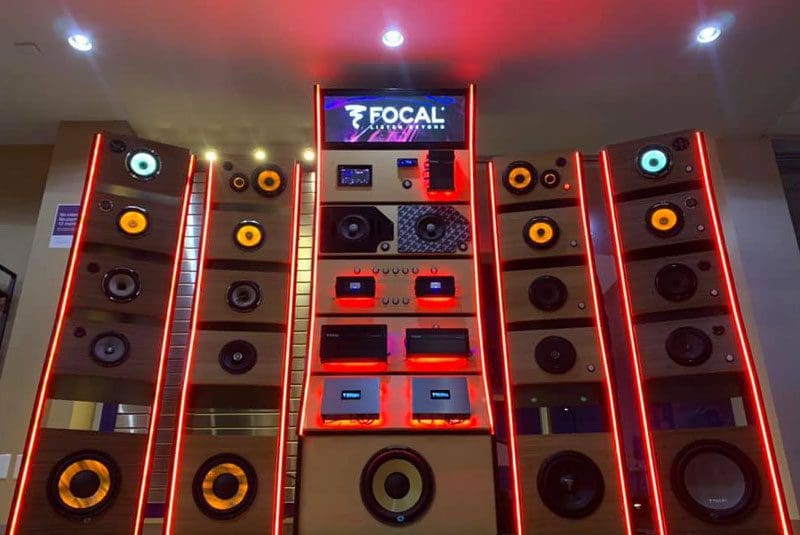
Consider System Design
If your car audio system will include a subwoofer, then how you audition a set of coaxial or component speakers will change. You should ask that a high-pass filter be applied to the speaker so that it’s not trying to make bass. In fact, you’ll find that speakers that seem to produce a little less midbass are often more accurate than ones that produce more.
Loudness or emphasis within a narrow band of frequencies is not an indication of quality. It’s usually a sign of unwanted distortion or poor design. Check out our article on Speaker Q for more information on this topic.
If you’ll be using the speakers without a subwoofer, then bass output matters. You may choose to trade some accuracy in the midbass region for more output. It’s a worthy sacrifice to make the system enjoyable.
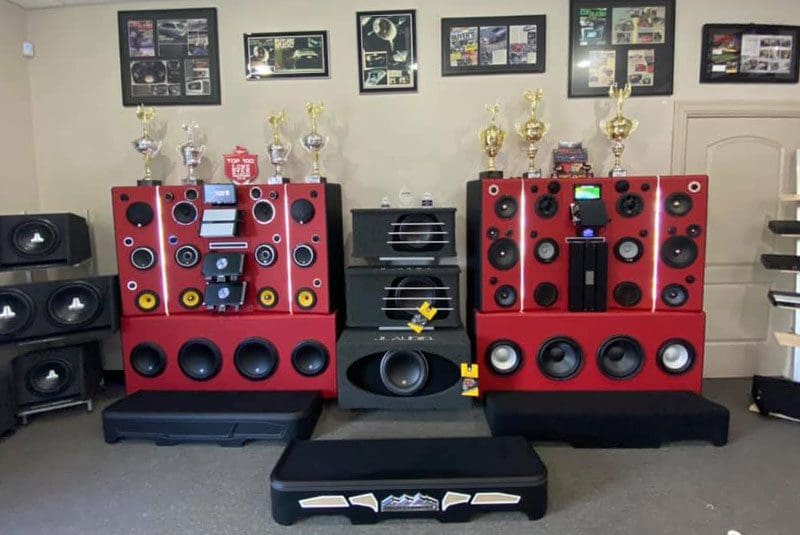
What Will the Speakers Sound Like in My Car?
The problem with auditioning speakers in a showroom is that unless they have been equalized with a DSP to a specific target curve, you’ll hear something different once they are installed in the car. What you’re looking for isn’t the absolute response of the speaker, but the performance characteristics of the driver and how they differ from the other options. Your job is to pick out the speaker that sounds as accurate as possible. A speaker that is bright on the display may be annoyingly harsh in a vehicle. Likewise, one that produces a lot of midbass may sound very boomy or sloppy. If the speaker is neutral and accurate, then it’s likely to be a well-designed solution that will sound great.
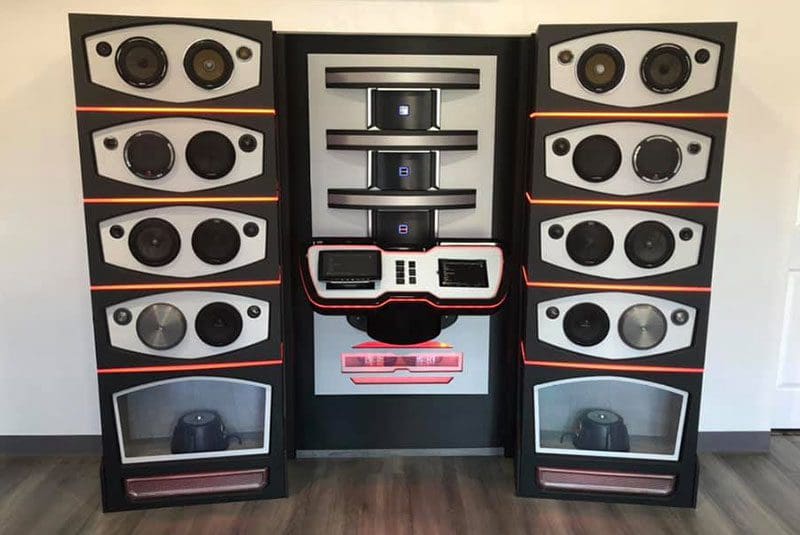
Listen, Listen and Listen
When it’s time to shop for new speakers, audition as many options as is reasonable. Learn to pick out the performance differences between the options. You can start this process at home with a home stereo, a portable Bluetooth speaker and your smartphone and some headphones. Very quickly, you’ll be able to pick out a speaker that sounds right. Once it’s in your vehicle, you can have the technician tune the system to deliver the frequency response you enjoy.
Put a few songs you know well on a USB memory stick and head to your local specialty mobile enhancement retailer today. Auditioning new speakers can be a lot of fun and very educational. Done correctly, it ensures that your audio system will sound the best it can.
This article is written and produced by the team at www.BestCarAudio.com. Reproduction or use of any kind is prohibited without the express written permission of 1sixty8 media.

